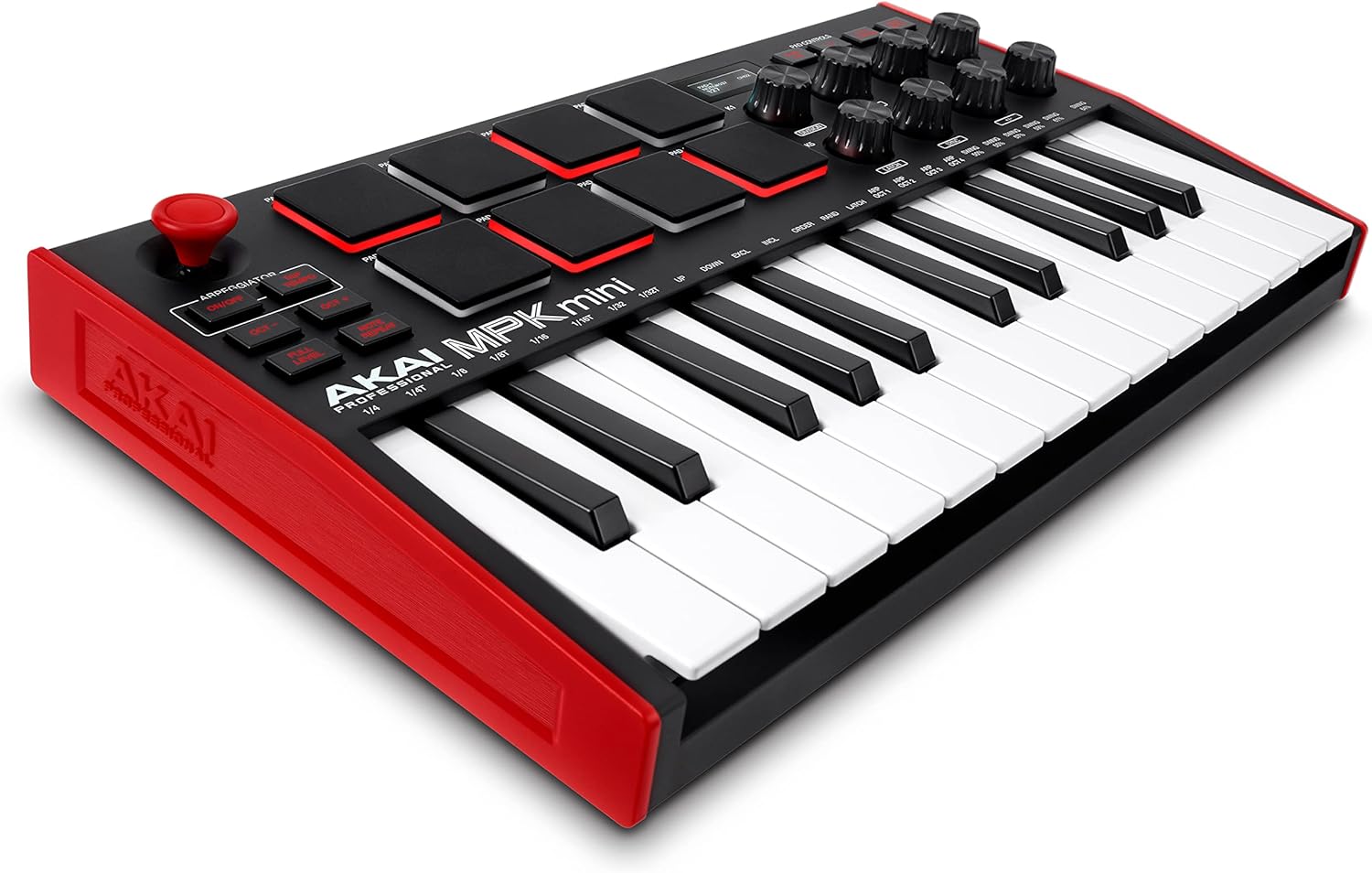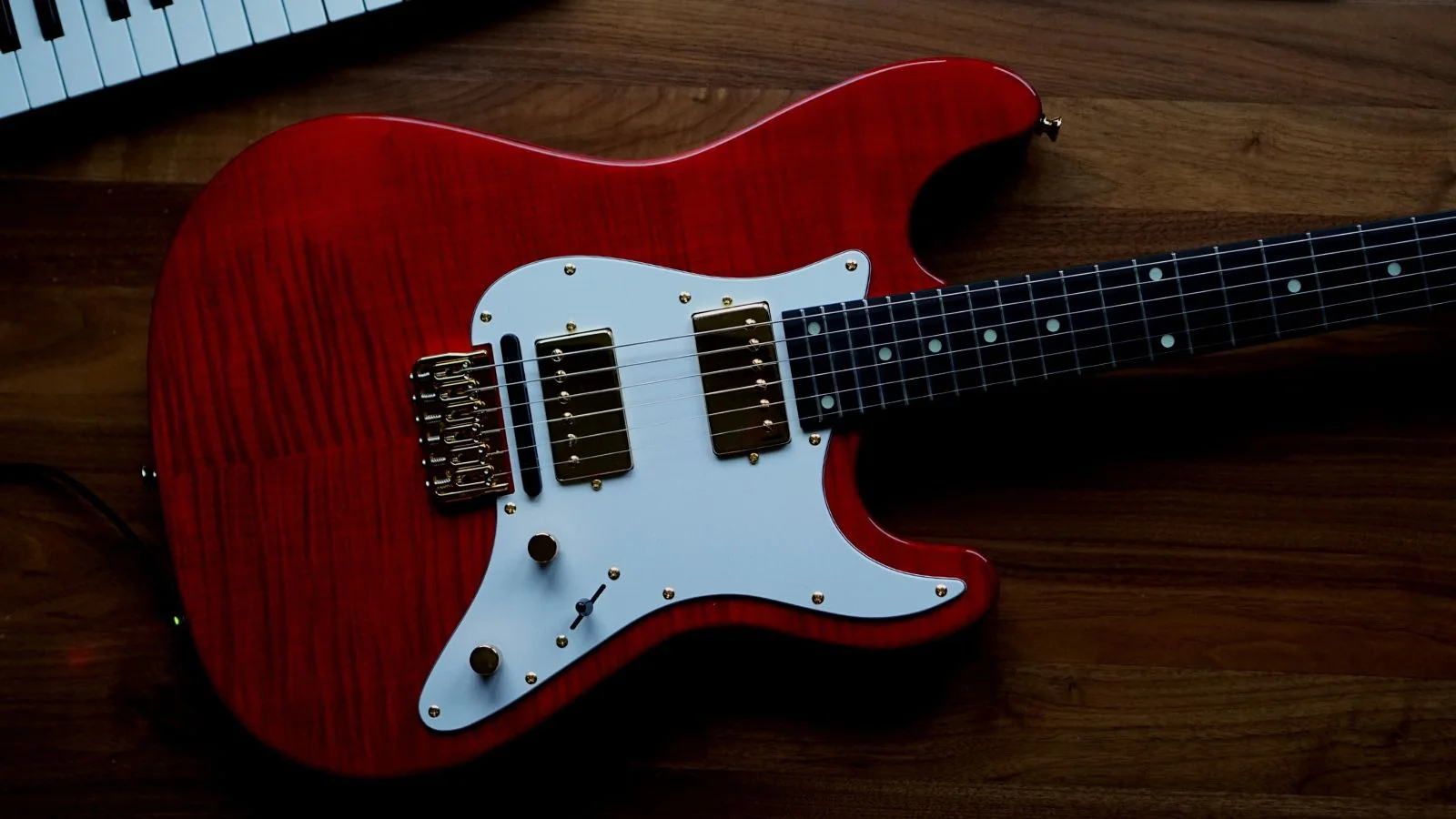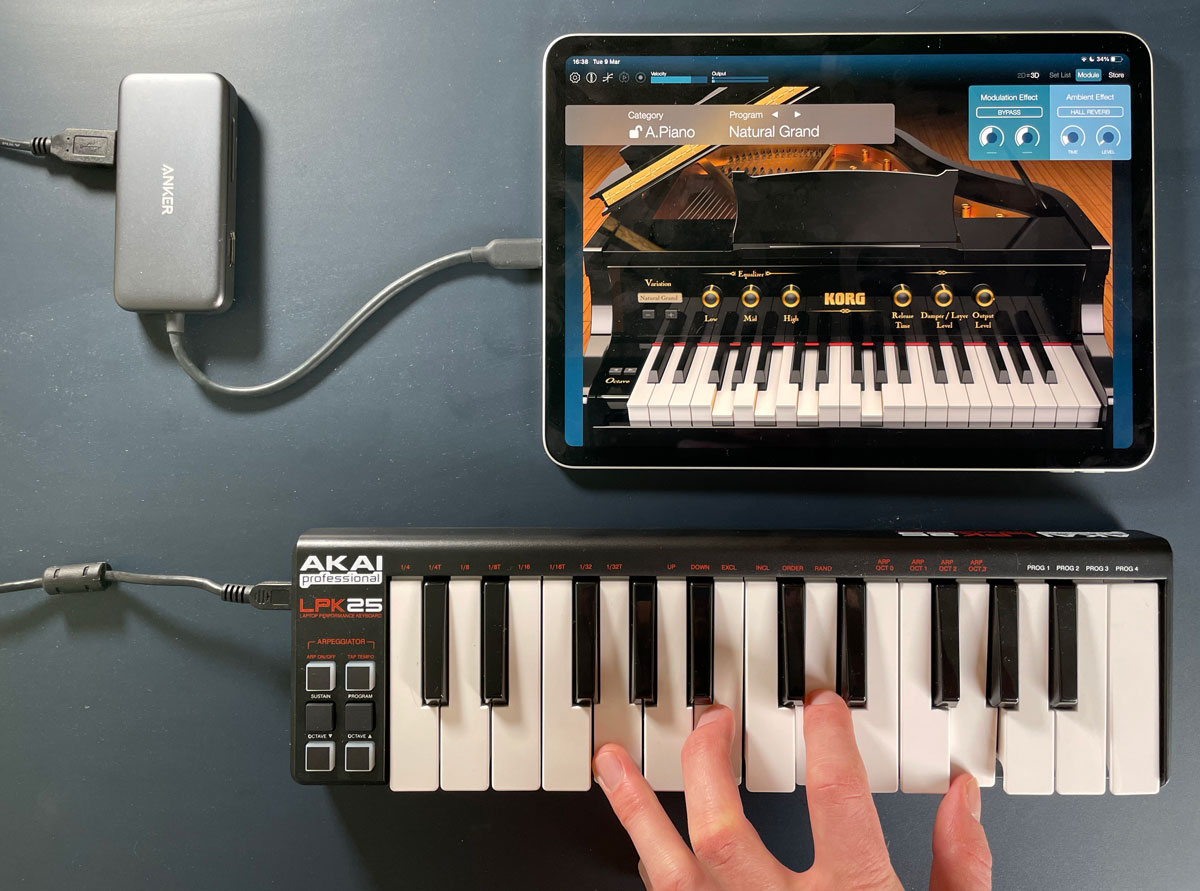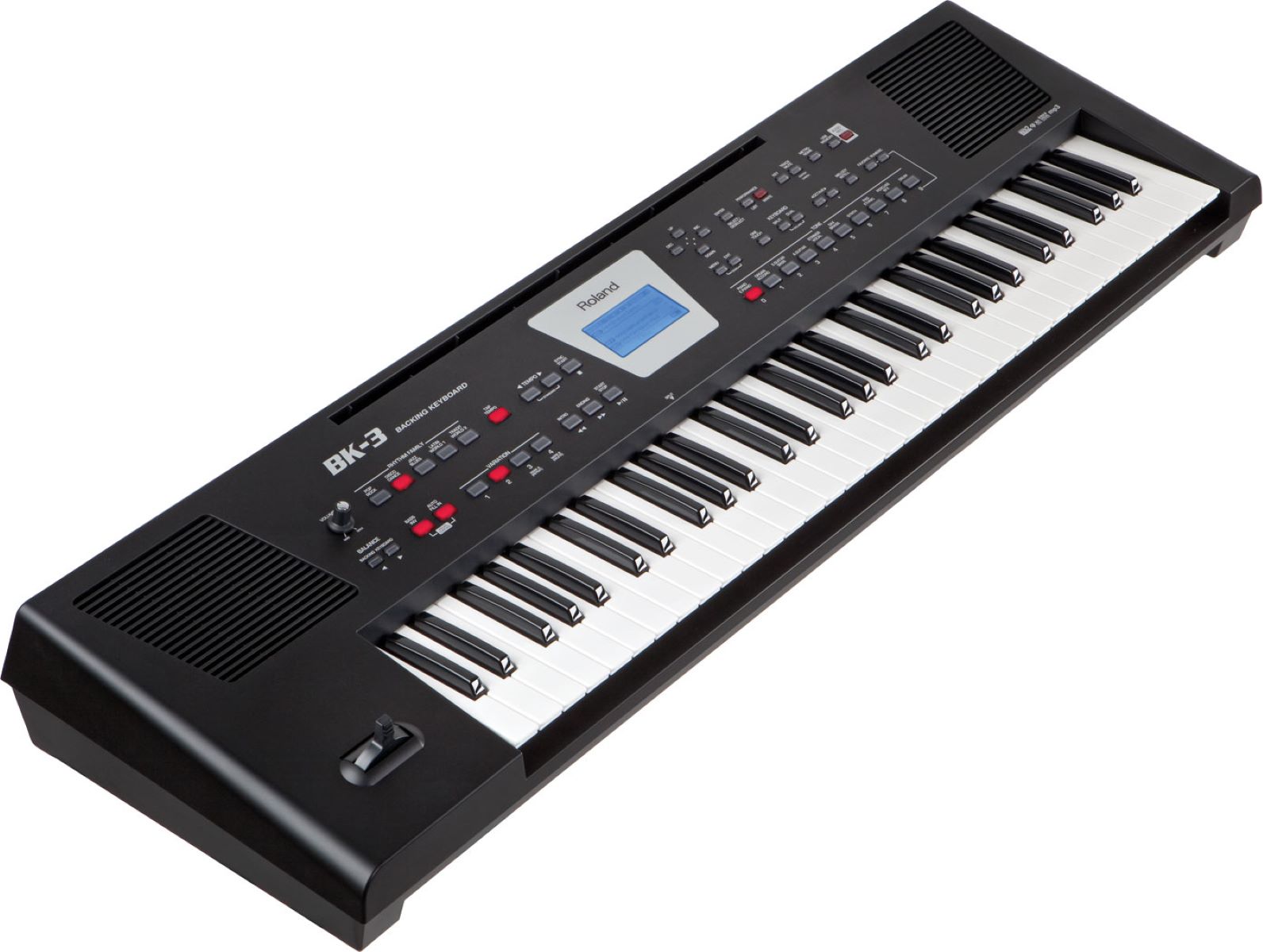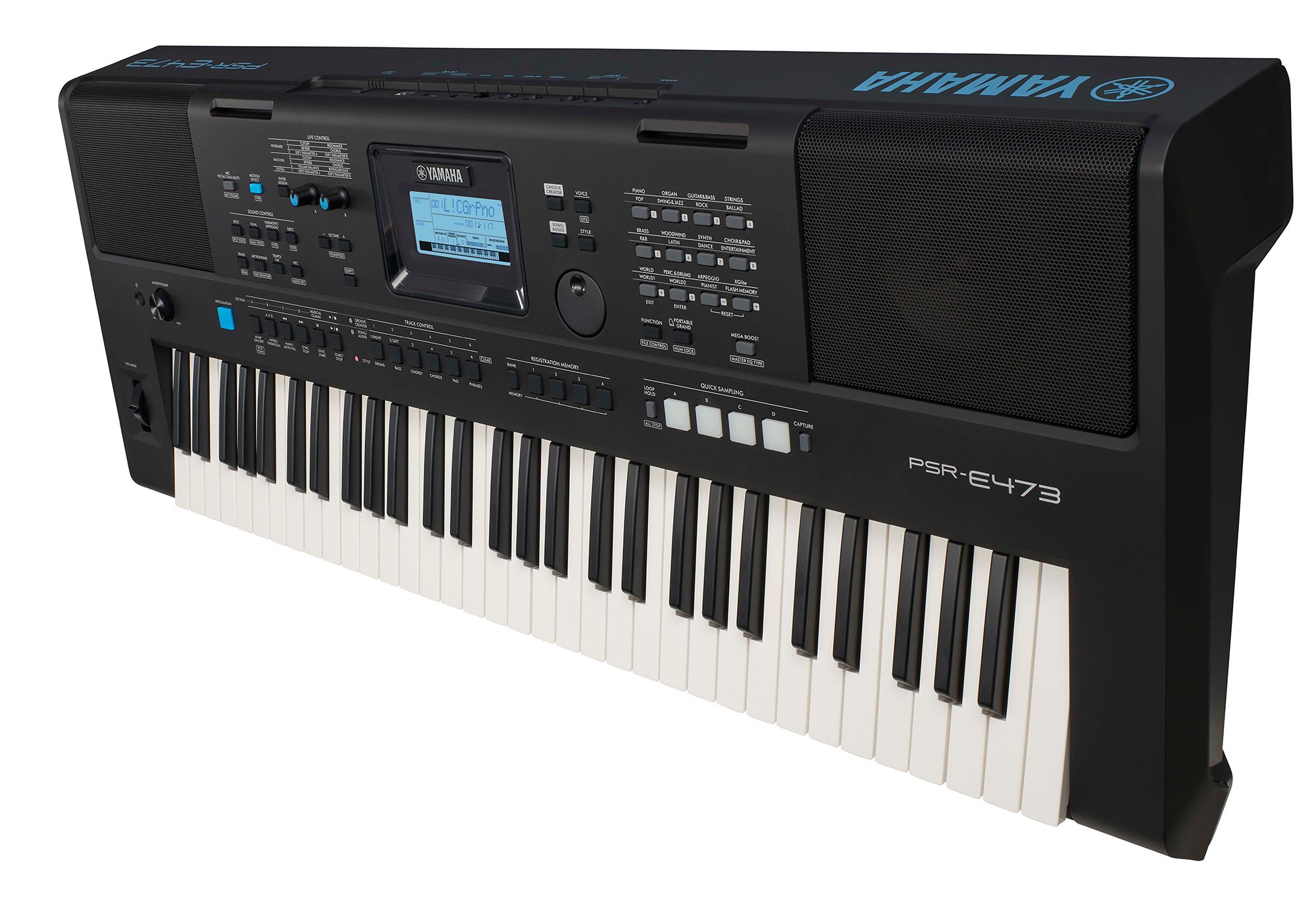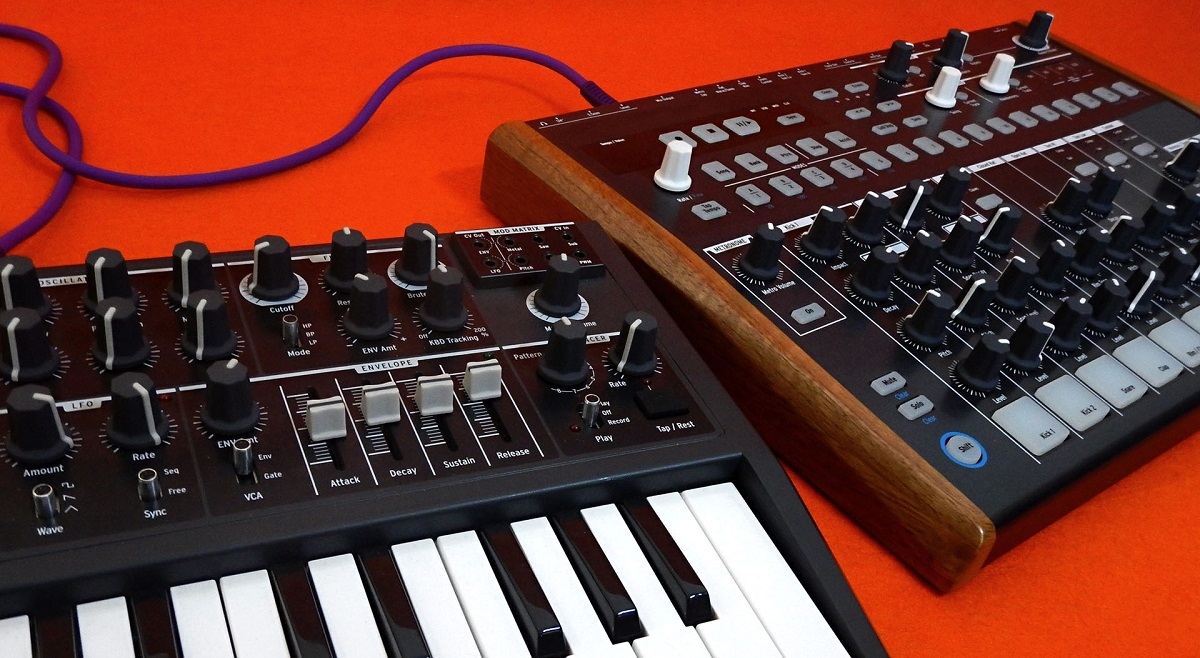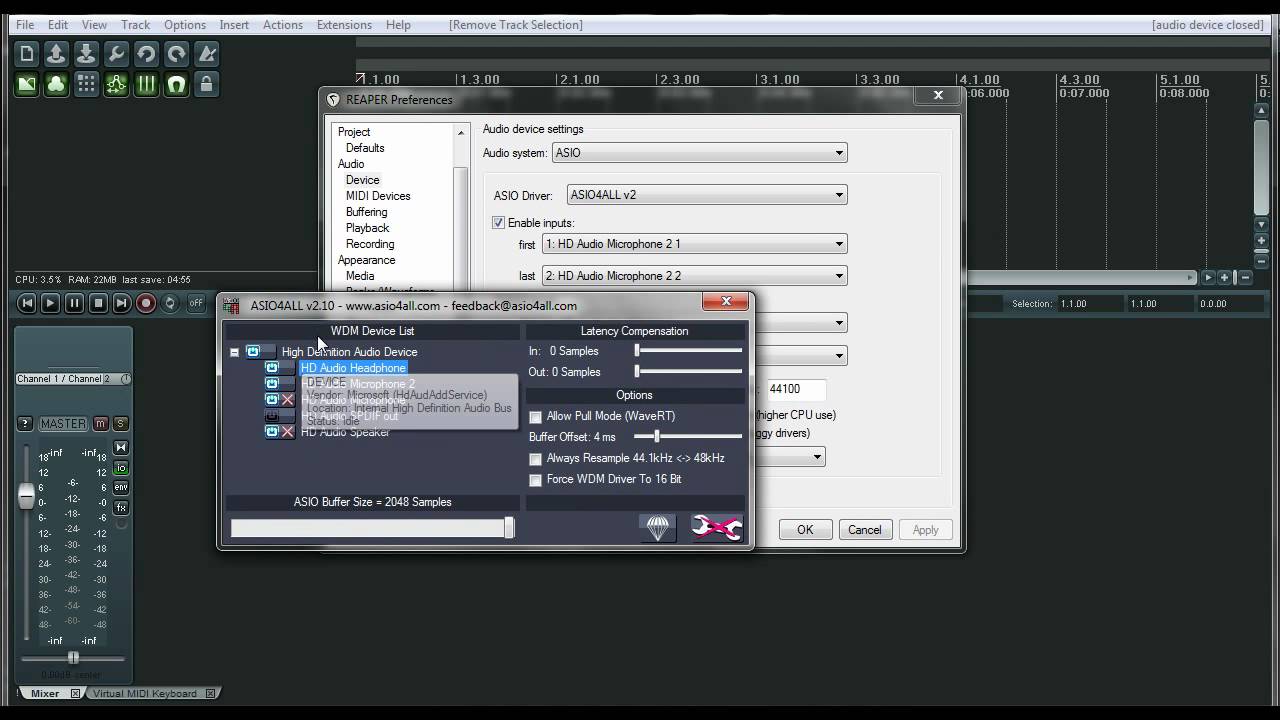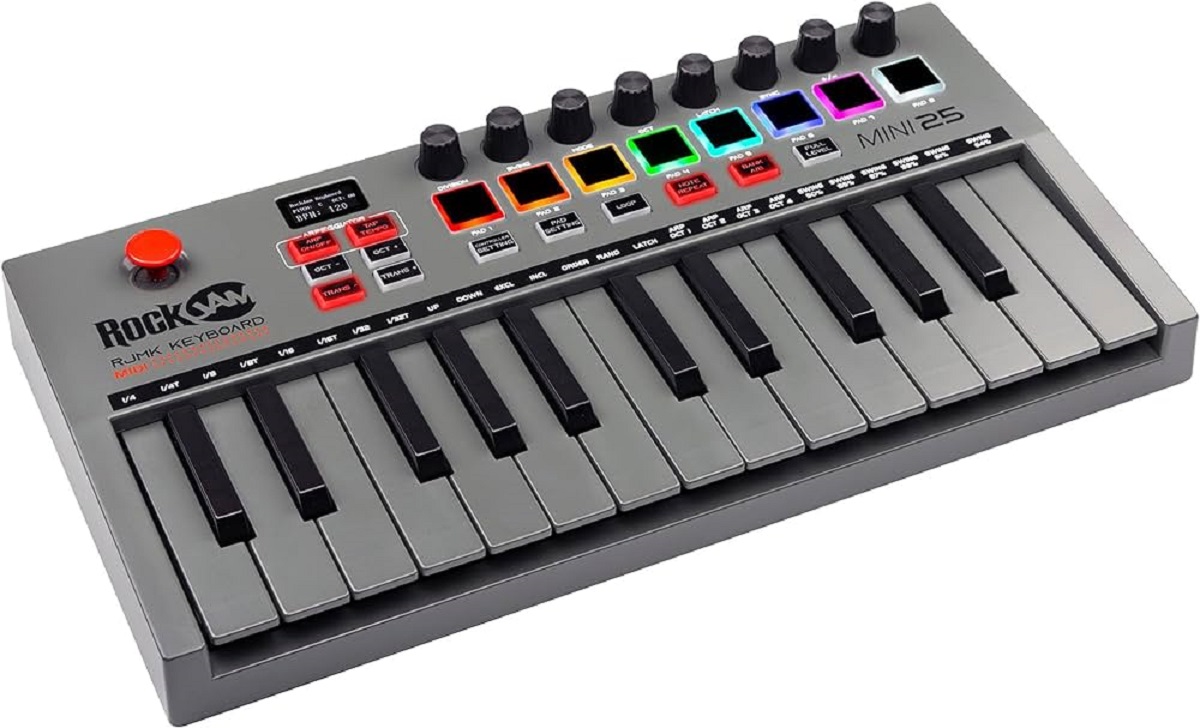Introduction
Are you a musician looking to elevate your music production with captivating vocal harmonies? Harmony Engine, a powerful vocal processing tool by Antares, offers a seamless way to achieve stunning harmonies. When paired with a MIDI keyboard, Harmony Engine becomes even more versatile, allowing you to control and manipulate vocal harmonies in real time. In this guide, we will explore how to effectively use Harmony Engine with a MIDI keyboard, unlocking a world of creative possibilities for your music.
Whether you're a seasoned music producer or a budding artist, incorporating vocal harmonies can add depth and emotion to your compositions. With Harmony Engine, you can effortlessly create lush harmonies, emulate choirs, and experiment with unique vocal textures. By integrating a MIDI keyboard into the mix, you gain hands-on control over the harmonies, enabling dynamic adjustments and expressive performances.
Throughout this guide, we will delve into the setup process for Harmony Engine and the MIDI keyboard, providing step-by-step instructions to ensure a smooth integration. Additionally, we'll explore practical tips and techniques for maximizing the potential of Harmony Engine with a MIDI keyboard, empowering you to unleash your creativity and enhance your musical projects.
By the end of this guide, you'll be equipped with the knowledge and insights needed to harness the full potential of Harmony Engine in conjunction with a MIDI keyboard, opening up a world of sonic possibilities for your musical endeavors. Let's embark on this musical journey and discover the magic of harmonies with Harmony Engine and a MIDI keyboard.
Setting Up Harmony Engine
Before diving into the creative process of crafting harmonies with a MIDI keyboard, it’s crucial to ensure that Harmony Engine is properly set up within your digital audio workstation (DAW). The following steps will guide you through the seamless installation and setup of Harmony Engine, laying the foundation for a smooth and efficient workflow.
- Installation: Begin by installing Harmony Engine as a plugin within your preferred DAW. Ensure that the plugin is correctly located within the DAW’s directory to facilitate easy access during your music production sessions.
- Activation: Once installed, activate Harmony Engine using the provided license or authorization code. This step is essential to unlock the full functionality of the plugin and access its comprehensive feature set.
- Configuration: Familiarize yourself with the interface and controls of Harmony Engine. Take the time to explore the various parameters, such as harmony type, scale, and voice settings, to understand how they influence the generated harmonies.
- Compatibility: Verify that Harmony Engine is compatible with your DAW and operating system. Check for any available updates or patches to ensure compatibility and optimal performance.
By following these initial setup steps, you can establish a solid foundation for incorporating Harmony Engine into your music production environment. With the plugin seamlessly integrated into your DAW, you’re ready to proceed to the next phase of configuring the MIDI keyboard for harmonious interactions with Harmony Engine.
Configuring MIDI Keyboard
Integrating a MIDI keyboard with Harmony Engine empowers you to interact with the vocal harmonies in a tactile and expressive manner. To optimize this integration, it’s essential to configure the MIDI keyboard within your music production setup. The following steps outline the process of seamlessly connecting and configuring the MIDI keyboard to harmonize with Harmony Engine, enhancing your creative control over vocal arrangements.
- Connection: Begin by connecting your MIDI keyboard to your computer using a USB or MIDI cable. Ensure that the keyboard is recognized by your DAW and operating system, allowing for bidirectional communication between the MIDI keyboard and Harmony Engine.
- Mapping MIDI Controls: Access the MIDI mapping or control assignment features within your DAW to map specific controls on the MIDI keyboard to parameters within Harmony Engine. This mapping enables you to manipulate harmonies, adjust vocal characteristics, and trigger preset changes directly from the keyboard.
- Expression and Dynamics: Configure the MIDI keyboard to capture and transmit expressive nuances, such as velocity sensitivity and aftertouch. These dynamic elements can be utilized to modulate the intensity and emotive qualities of the vocal harmonies, adding a human touch to the performance.
- Customization: Explore the customization options available for your MIDI keyboard, including the assignment of knobs, sliders, and modulation wheels to control specific aspects of Harmony Engine. Tailoring the MIDI keyboard’s controls to align with your workflow preferences can streamline the harmonization process.
By meticulously configuring the MIDI keyboard to align with Harmony Engine, you establish a direct and intuitive interface for shaping and manipulating vocal harmonies. This integration not only enhances your creative capabilities but also fosters a deeper connection between your musical expressions and the harmonies brought to life by Harmony Engine.
Using Harmony Engine with MIDI Keyboard
Once Harmony Engine and the MIDI keyboard are seamlessly integrated and configured, you’re poised to embark on a captivating journey of harmonizing vocals with unparalleled creativity and control. The synergy between Harmony Engine and the MIDI keyboard empowers you to shape and perform vocal harmonies in real time, infusing your music with depth and emotion. Let’s explore the dynamic process of utilizing Harmony Engine in conjunction with a MIDI keyboard to craft expressive vocal arrangements.
- Real-Time Harmonization: With the MIDI keyboard at your fingertips, engage in real-time harmonization by playing chords or melodies while Harmony Engine generates and adapts vocal harmonies based on your input. This interactive approach allows for instant exploration and experimentation with different harmonic structures and arrangements.
- Dynamic Control: Leverage the MIDI keyboard’s controls to dynamically adjust parameters within Harmony Engine, such as harmony mix, pitch correction, and voice characteristics. This hands-on manipulation enables you to sculpt the vocal harmonies on the fly, tailoring them to suit the mood and direction of your musical compositions.
- Performance Flexibility: Utilize the MIDI keyboard to deliver expressive performances, modulating the intensity, timing, and phrasing of the vocal harmonies with nuanced gestures. The tactile nature of the keyboard empowers you to infuse the harmonies with a human touch, creating engaging and emotive musical moments.
- Preset Navigation: Seamlessly navigate through Harmony Engine’s presets using the MIDI keyboard’s controls, allowing for swift changes in harmony types, scales, and voicings. This flexibility enables you to explore a diverse range of vocal textures and adapt the harmonies to suit different sections of your compositions.
By harnessing the capabilities of Harmony Engine in tandem with the expressive interface of a MIDI keyboard, you unlock a realm of possibilities for crafting captivating vocal harmonies. The seamless interplay between these tools empowers you to infuse your music with rich, evolving harmonies that resonate with depth and artistry.
Tips for Getting the Most Out of Harmony Engine with a MIDI Keyboard
As you embark on your creative journey with Harmony Engine and a MIDI keyboard, consider the following tips to maximize the potential of this powerful combination, elevating your vocal harmonization capabilities and enhancing your musical productions:
- Experiment with Chord Voicings: Explore different chord voicings and inversions on the MIDI keyboard to influence the harmonic structure generated by Harmony Engine. This experimentation can yield unique and unexpected harmonies, adding depth and complexity to your compositions.
- Utilize Modulation and Pitch Bend: Embrace the expressive nature of modulation and pitch bend controls on the MIDI keyboard to introduce subtle pitch variations and expressive flourishes to the vocal harmonies. These nuanced gestures can imbue the harmonies with organic, human-like nuances.
- Layer and Blend Harmonies: Leverage the MIDI keyboard to layer multiple harmonies in real time, blending different vocal textures and intervals to create lush, multidimensional harmonizations. This approach enhances the richness and complexity of the vocal arrangements.
- Map Macro Controls: Assign macro controls on the MIDI keyboard to manipulate multiple parameters within Harmony Engine simultaneously. This macro mapping facilitates seamless transitions between harmony settings and empowers you to orchestrate intricate harmonic shifts effortlessly.
- Integrate Performance Techniques: Incorporate performance techniques such as sustain pedal usage, glissandos, and dynamic phrasing to infuse the vocal harmonies with expressive articulations and emotive qualities. These techniques contribute to a compelling and engaging vocal performance.
- Customize Control Assignments: Tailor the control assignments on the MIDI keyboard to align with your preferred workflow and creative instincts. Personalizing the MIDI controls ensures a fluid and intuitive interaction with Harmony Engine, allowing for seamless realization of your musical vision.
By embracing these tips and integrating them into your music production process, you’ll unlock a wealth of creative possibilities when using Harmony Engine with a MIDI keyboard. The synergy between these tools empowers you to craft captivating vocal harmonies with precision, expressiveness, and artistic flair, elevating your musical compositions to new heights.







